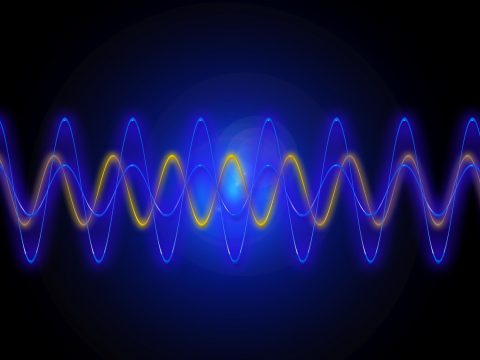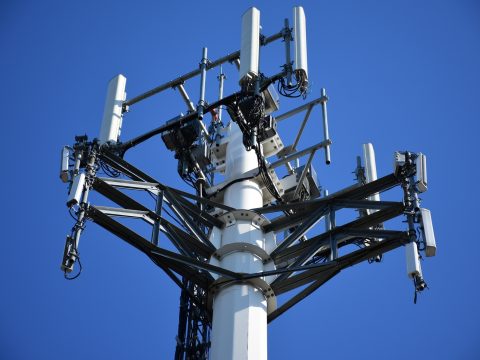The Key Application of Antennas in the Military

The Ultimate Buyer’s Guide For Custom Antennas
July 1, 2019Military antenna production and application is a global market. These special devices keep nations safe, save lives, and allow for nations to create bridges for communication.
There are many antennas for military use in the world. These products form an amazing number of applications, from naval communication to the worlds largest space programs.
You need to know how military antennas can protect your operation. If you’re interested in learning about the deciding applications out there, read on to get the answers you need.
How Antennas Work
Antennas have two key pieces: antennas and transmitters. You can think of our first piece as a receiver. These devices await signals. The second piece bounces back signals at different frequencies. The varied frequencies deliver different amounts of complex information.
An antenna is any device that receives and transmits electrical signals. In most cases, industries define these signals as television or radio waves.
Original tv and radio broadcast antennas looked like giant steel masts. Those traditional designs have shrunk over time, allowing for the military to send and receive signals from anywhere on Earth.
In case that doesn’t come across, think about both sides of antennas as a satellite and a phone. If you make a phone call using typical cell-service, your phone-signal bounces off of orbiting satellites to reach other phones.
In this case, your phone is a form of transmitter and the satellite (which is a form of the rounded antenna) is a receiving antenna. The phone you’re calling is another receiver upon answering your call.
In short, you can define antennas based on their function (sending or receiving signals).
VHF & UHF
Both of these terms describe frequency ranges. Some military antennas only work within a specific frequency region. Each has its advantages.
VHF (Very High Frequency) allows for large bandwidth and low noise between transmissions. This frequency is commonly found in air control, marine communications, and most television connections.
UHF (Ultra High Frequency) is a frequency that’s designated to the following applications:
- BlueTooth
- Wifi
- GPS
- Cell Phones
- Television Broadcasting
UHF is a middle-ground frequency, higher than VHF yet lower than microwaves or SHF (Super High Frequency) ranges. Each antenna matches the size of the radio wave it’s dealing with. Therefore, UHF (which deals with smaller waves) requires a smaller antenna.
VHF would require much larger antennas. Hence, satellites, telephone towers, etc.
Types of Antenna
All antennas depend on the size of radio waves. In the case of military operations, personnel fit antennas to the specific areas of communication they specialize in. For instance, naval missions might require a set of navy antennas.
Here are common types of military antennas and their applications.
Radar and Wideband Antennas
Radar is essential in mobile communications. In the Navy, members of the military sometimes require wideband antennas to acquire information across a large spectrum of frequencies.
Wideband antennas also measure radiation patterns. These devices can be worn on or underneath clothing, on naval crafts, and planes.
This military antenna come in directional and omnidirectional options. This becomes useful for stationed soldiers that need to maintain contact with a base positioned at an odd angle or over uneven terrain.
Wideband proves its usefulness when you think about terrain-masking. In Afghanistan, the landscape often obscures broadcast signals between bases. An antenna like the one mentioned can peer around obstacles easily.
Ultra-high band antennas have a high data rate and promise to scale past signal interference. The high band restructures distorted signals to prevent noise and confusion between messages.
This is especially useful for foreign bases with big gaps between each other. Furthermore, wideband helps create discrete messages between teams.
Microwave Antennas
Microwave antennas broadcast microwave transmissions between locations. These antennas prove useful in electronic defense, astronomy, and radar technologies.
Microwaves fall between radio waves and infrared waves. That’s the 300GHz – 300 MHz range. Modern spectral communication falls along this line, including space communications and remote sensing.
In the military, microwave antennas manage most forms of line-of-sight communication. This means, as long as personnel has congruity with a horizon or a receiver, a message can go uninterrupted.
These waves have a distinct advantage over other military solutions. You can use microwave antennas to track enemy vehicles, target drones, and perform surveillance.
Tactical Antennas
These are antennas useful for ground combat or combat communication. Traditionally, these antennas rely on microwaves. As a result, the physical antennas tend to be stouter than other options.
The small size of tactical antennas makes it easier for forces to carry their equipment. This is why tactical antennas keep appearing on ships, ground vehicles, and in manpacks.
Soldiers can set up ground mounted antennas easily. In most cases, these devices come in folded dipoles and must be grounded in mast position. These ground mounted antennas provide long-distance communication between units.
Find the Best Military Antenna
You can keep your nation safe with better communication. It doesn’t matter if you’re in the military or you’re a civilian. It’s helpful to know what a military antenna can do for you.
After reading this article, you’ve learned about the many types of antennas out there and the key military applications to know. If you’re using tactical antennas you can keep your ground units safe. If you use wideband antennas, your communication can act uninterrupted.
These are just a couple of examples of the best applications out there. This is your opportunity to get the very best in communications gear. Don’t wait any longer. Take this opportunity and capitalize on antenna technology today.




